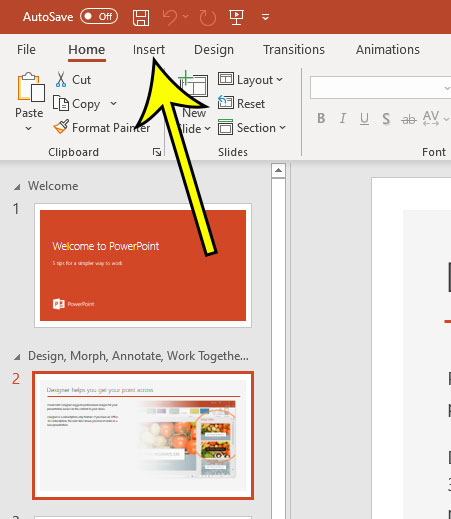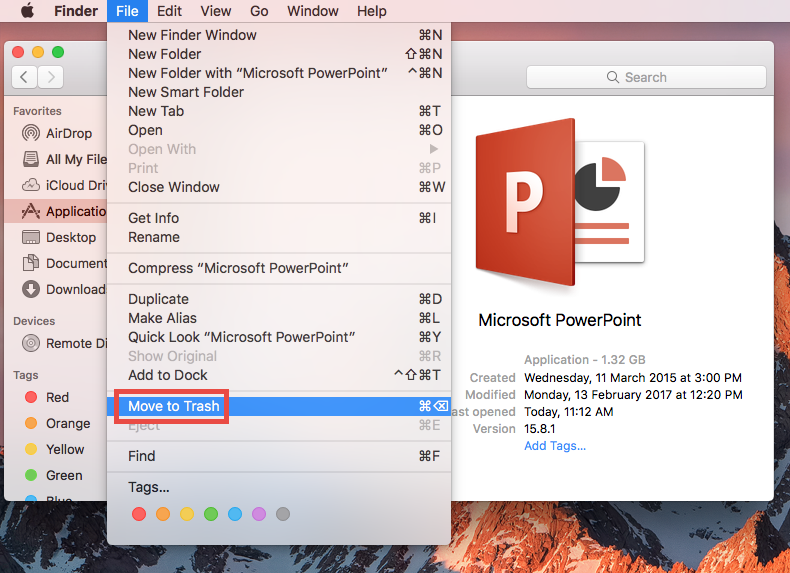
JAWS and NVDA do not announce the section names. To hear Narrator announce the section names, in the thumbnail pane, press the Up or Down arrow key. Move slides under the appropriate sections as instructed in Rearrange slides.

Type the new name for the section and then press Enter. In the thumbnail pane, press the Up or Down arrow key until you hear the slide which you want to be the first slide in a section. They are not displayed or announced in the Slide Show view. The sections are displayed and announced in the thumbnail pane of the Normal view and in the Slide Sorter view. For example, if you work with others on a presentation, you can assign each colleague a section to work on. To group your slides into meaningful entities, you can organize them into sections.

To move the slide to the end of the presentation, press Ctrl+Shift+Down arrow key. To move the slide to the beginning of the presentation, press Ctrl+Shift+Up arrow key. With Narrator and JAWS, you hear the new number of the slide in the list. NVDA does not announce anything. To move the slide down the list of slides, press Ctrl+Down arrow key. With Narrator and JAWS, you hear the new number of the slide in the list. To move the slide up the list of slides, press Ctrl+Up arrow key. In the thumbnail pane, press the Up or Down arrow key until you hear the number of the slide you want to move. You can rearrange your slides by cutting the slide out of the old location and pasting it into the new location. Then press the Down arrow key until you hear "Delete slide," and press Enter. With NVDA, press Shift+F10 to open the context menu. With Narrator, you hear the number of the current slide and its place on the list, followed by "Selected.” With JAWS, you hear: “Enter, leaving menus, no selection.” In the thumbnail pane, press the Up or Down arrow key until you hear the number of the slide you want to delete. With JAWS, you hear: “Enter, no selection.” With Narrator and NVDA, you hear the number of the new slide. Use the arrow keys to navigate the slide layout options until you find the option you want, and then press Enter. With JAWS, you hear “Leaving menu bar, Office theme," followed by the number of the current slide. With Narrator and NVDA, you hear the title of the first slide layout. With Narrator and JAWS, you hear "Slide," followed by the number of slides and the place of the new slide on the list, and "Selected." With NVDA, you hear "Slide," followed by the number of the added slide.Īdd a new slide based on a template layout You can add the new slide based on the previous slide’s layout. In a new presentation, the title slide is added automatically. Add a new slide based on current slide’s layout You can easily add new slides to your presentation, either based on the current slide’s layout or on a new template layout. To learn more about screen readers, go to How screen readers work with Microsoft Office.Ĭhange the orientation of all slides in a presentation To learn how you can get new features faster, join the Office Insider program. New Microsoft 365 features are released gradually to Microsoft 365 subscribers, so your app might not have these features yet.


 0 kommentar(er)
0 kommentar(er)
